Category: State
-
Mississippi lifts mask restrictions; Texas, Alabama announce dates for ending requirements

Thirty-nine states issued statewide mask requirements during the COVID-19 pandemic. This week, the governors of Alabama and Texas announced dates for lifting statewide mask requirements, and the governor of Mississippi lifted the state’s regional mask requirement. As a result, six of the original thirty-nine states with statewide mask requirements have now lifted or announced dates…
-
Special election to be held in Maine Senate district
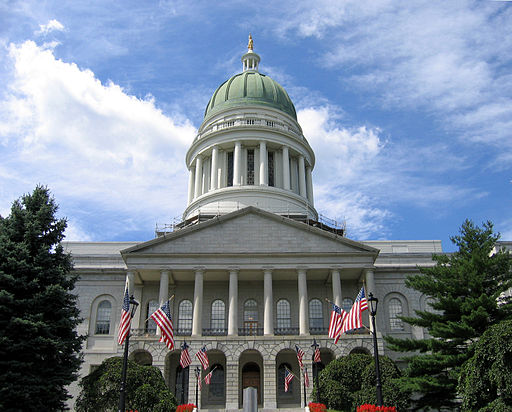
A special election is being held on March 9 for District 14 of the Maine State Senate. Small business owners Craig Hickman (D) and William Guerrette (R) are running in the general election. The seat became vacant on December 2 after Shenna Bellows (D) declined to be sworn in for her new term. The Maine…
-
Antonio Soto resigns from Puerto Rico House of Representatives
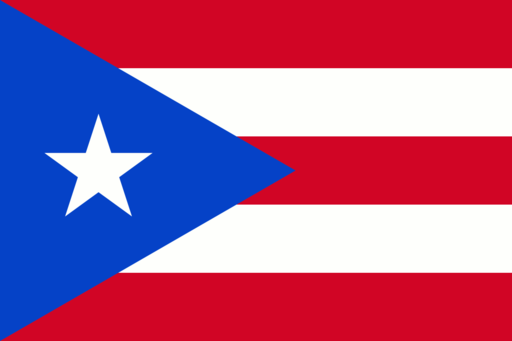
Antonio Soto (New Progressive Party) resigned his seat in the Puerto Rico House of Representatives on Feb. 28. Soto cited a need to take over his family’s businesses due to his parents’ advanced age as the reason for his resignation. “There are circumstances in life that make us make decisions and the family always comes…
-
Rhode Island voters approve $400 million in bonds in special election

Voters in Rhode Island approved all seven bond measures—totaling $400 million—in a special election on March 2. The Rhode Island Legislature referred the questions to the ballot. Here are the details for all seven approved measures: Question 1: Authorized $107.3 million in bonds for the University of Rhode Island Fine Arts Center, the Rhode Island…
-
Guerrero-Cuellar appointed to Illinois House of Representatives
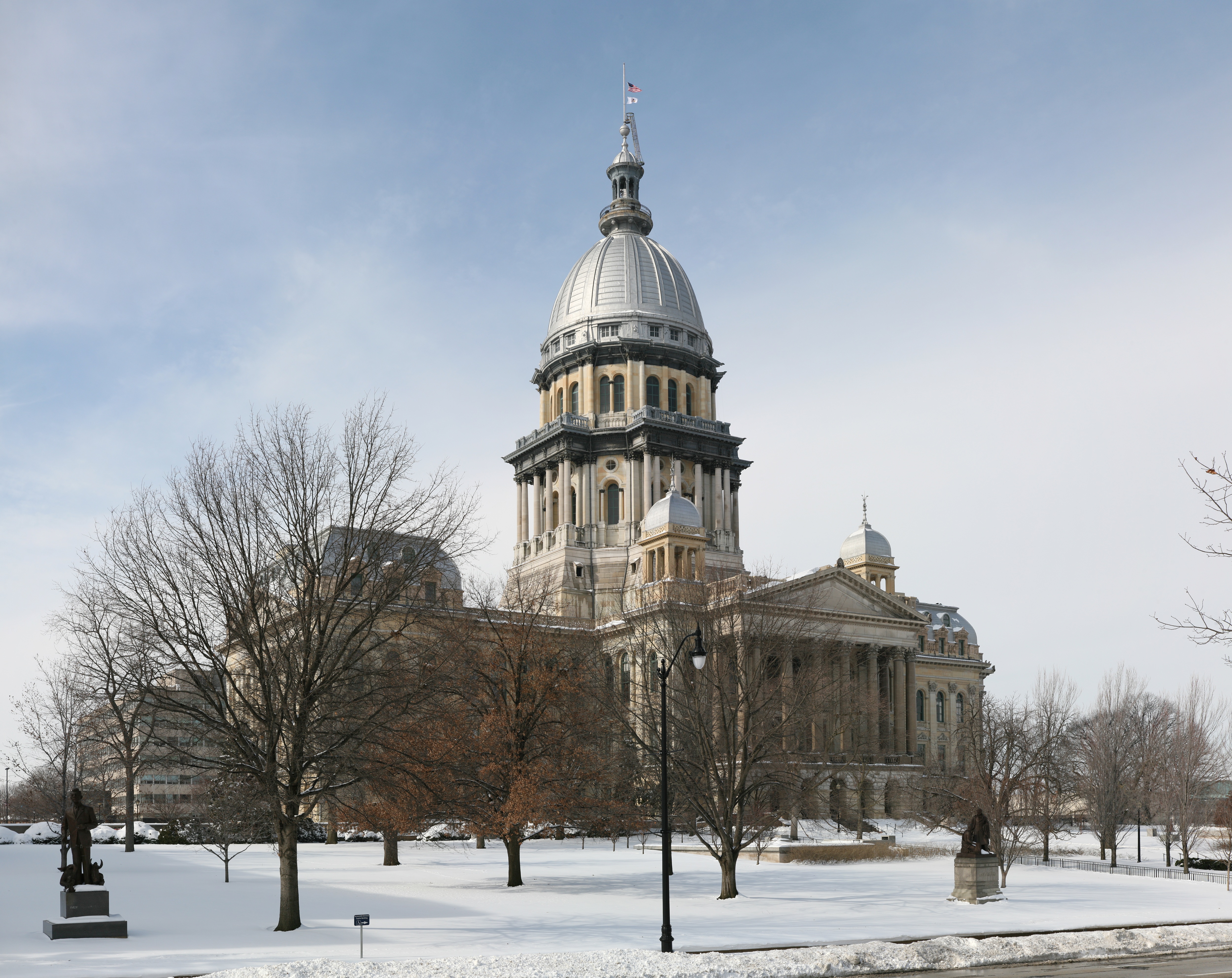
On Feb. 25, Angelica Guerrero-Cuellar (D) was appointed to represent District 22 in the Illinois House of Representatives, replacing Edward Guerra Kodatt (D), who resigned on Feb. 24 after three days in office. Former Illinois House Speaker Michael Madigan (D) held the seat for fifty years prior to his resignation earlier this year. Kodatt had…
-
Voters to decide special primary election in Massachusetts House district
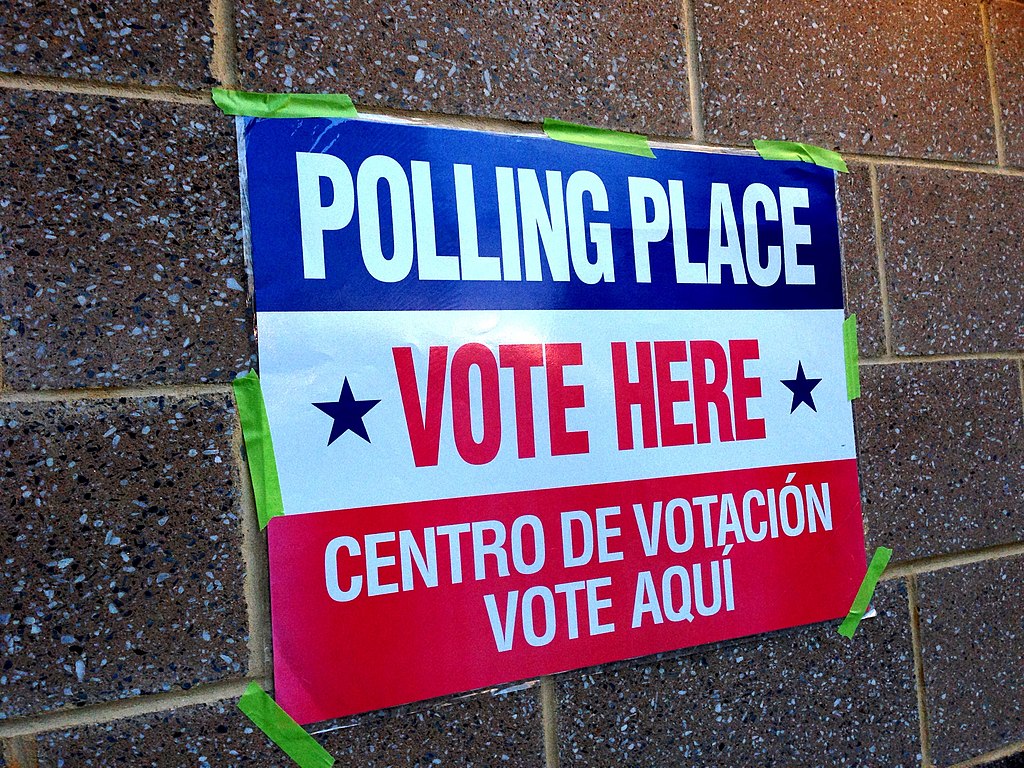
A special election primary is being held on March 2 for the 19th Suffolk District of the Massachusetts House of Representatives. Valentino Capobianco, Alicia DelVento, Juan Jaramillo, and Jeffrey Turco are running in the Democratic primary. Paul Caruccio is unopposed in the Republican primary. The general election will take place on March 30. The seat…
-
Minnesota reopens middle, high schools to in-person instruction

In Minnesota, all middle and high school students were permitted to return to the classroom for either full-time in-person or hybrid instruction starting Feb. 22. Gov. Tim Walz (D) said he expects all schools to offer some in-person instruction by March 8. Parents can still opt to keep their children home for remote instruction. Previously,…
-
Connecticut House of Representatives District 112 special election set for April 13

Election officials have scheduled a special election for the District 112 seat in the Connecticut House of Representatives for April 13, 2021. The seat became vacant after J.P. Sredzinski (R) resigned on Feb. 17. There is no primary, and candidates will be nominated directly by political parties.
-
February 2021 breakdown of state legislative party membership: 54.21% Republicans, 44.90% Democrats
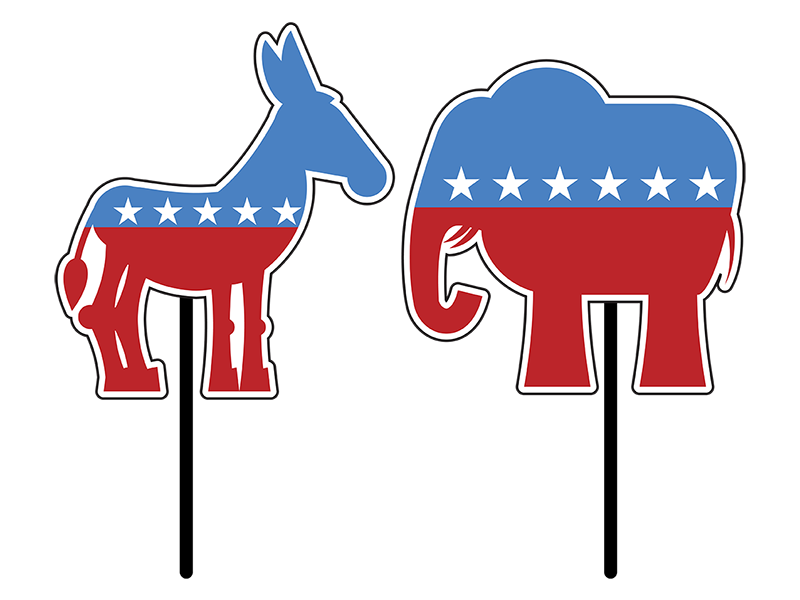
According to Ballotpedia’s February partisan count of the 7,383 state legislators across the United States, 54.21% of all state legislators are Republicans and 44.90% are Democrats. Ballotpedia tallies the partisan balance of state legislatures at the end of every month. This refers to which political party holds the majority of seats in each chamber. Republicans…
-
Voters in Connecticut state Senate district to decide special election on March 2
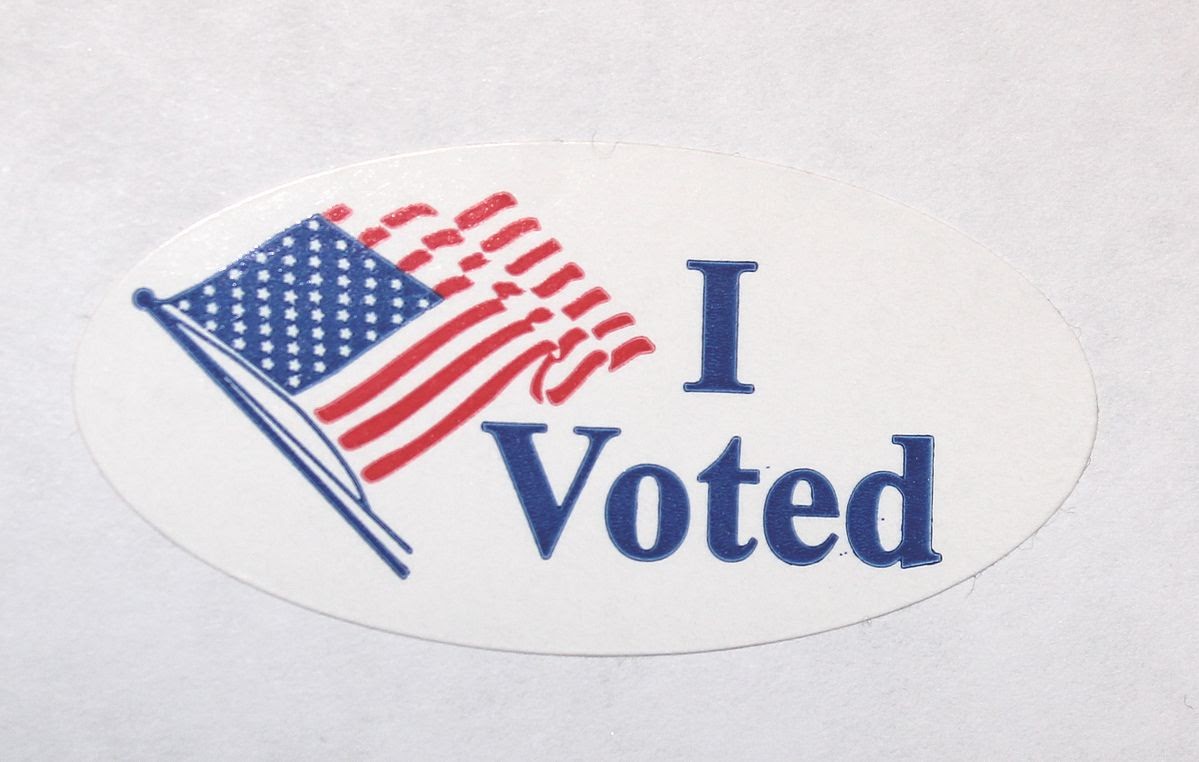
The special general election for Connecticut State Senate District 27 is on March 2, 2021. Patricia Miller (D), Joshua Esses (R), and Brian Merlen (Independent Party) are competing in the special election. No primary election was scheduled, as candidates running for special elections in Connecticut are nominated through party conventions. The special election was called…

